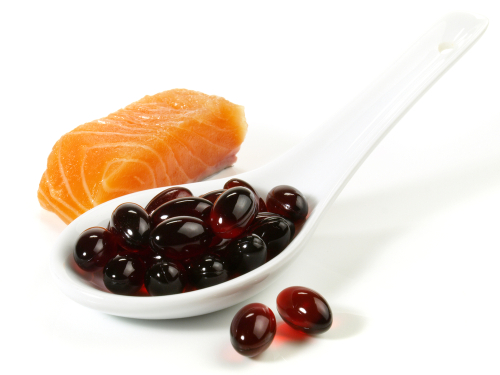The pace of daily life has been getting faster and busier. With your job and social life demanding the most out of your schedule, it can be a challenge to maintain a healthy diet. You may not don?t have time to count calories, and you surely don?t have time to thoroughly research every ingredient in everything that you eat. Nutritional supplements can help you get the essential minerals, vitamins, and nutrients that may be missing from your regular diet. Look to the earth for natural healing elements to help you stay in the best condition possible. Remedies can be found in powerful natural antioxidants like Astaxanthin. Supporting heart health and muscle regeneration, Astaxanthin can help you live your best life. You may not have heard of this supplement that?s called the king of the carotenoid family, but it can be found in many kinds of foods naturally. Let?s take a look at the benefits of adding more Astaxanthin to your regular diet.
What Is Astaxanthin?
Astaxanthin is a common carotenoid found most commonly in crustaceous seafood. In nature, it?s the compound that gives some animals their distinct coloring. For example, when flamingos feast on shrimp and crawfish, this red pigment is processed through their bloodstream and out to their skin and feathers. In humans, this powerful antioxidant has been found to help improve heart function and muscle healing and regeneration.
The Benefits of Astaxanthin
Along with improving the health of your heart muscles, Astaxanthin can help maintain your eye health, your reproductive systems and your immune system. It is easily absorbed into your system and has no reported side effects. It can encourage faster healing for your muscles after you exercise, and can also protect the nervous system and act to as a way to naturally reduce the feelings of stress.
Sources of Astaxanthin
The most common source of natural Astaxanthin is from seafood, specifically crustaceans ? shrimp, lobster, crabs and crawfish are packed full of it. You can also find it in the pink flesh of certain fish like trout and salmon. Green Microalgae (Haematococcus Pluvialis) is also an excellent source. You can eat it raw, boiled or dried and steeped to make a medicinal tea. Red Yeast (Phaffia Rhodozyma) is full of Astaxanthin as well. This may be a bit harder to come by, but can be found as a compound of most Astaxanthin supplements.
Common Uses of Astaxanthin
The largest demographic of Astaxanthin users are athletes. The healing power of Astaxanthin has been found to significantly reduce muscular healing times and encourages fast regeneration. Along with overall health benefits, Astaxanthin can help increase your endurance and physical performance.
Dosage
If you are not a fan of seafood but would like to add Astaxanthin to your diet, you can try a full spectrum supplement. The dosage should be between 4 – 12 mg per day for the best results. For seafood lovers, two servings of fatty fish is enough to keep your Astaxanthin levels in the proper range. So go ahead and enjoy all the seafood that you already love and know that you are getting all the benefits of an antioxidant and muscle regenerator right in your regular diet.
Conclusion
There are plenty of benefits of adding Astaxanthin to a healthy diet. Enjoy!

